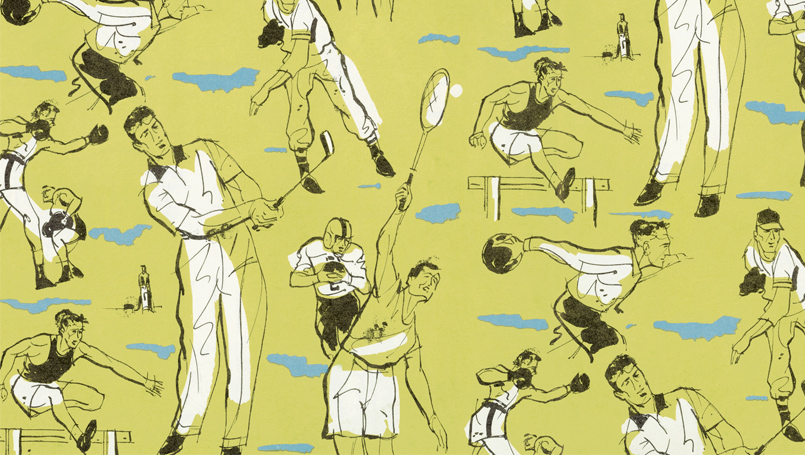
If you're one of the 38 million Americans who play tennis or golf on a regular basis, you may have experienced pain in your elbow while returning a serve or teeing off.
Common tendon injuries like tennis and golfer's elbow have caused even famous athletes like Tiger Woods and Serena Williams to pull out of major tournaments.
But like Woods and Williams, you too can get back to your game with rest and a few simple treatments.
Tennis elbow vs golfers elbow
While both injuries cause elbow pain along the forearm and affect tendons in the arm, there are a few differences.
Medial epicondylitis (also known as golfer's elbow, baseball elbow, suitcase elbow or forehand tennis elbow) is characterized by pain from the elbow to the wrist on the inside of the elbow. The pain is caused by damage to the tendons that bend the wrist toward the palm. It is usually caused by the excessive force used to bend the wrist toward the palm, like when swinging a golf club or pitching a baseball.
Lateral epicondylitis, or tennis elbow, is characterized by pain on the outside of the elbow. The pain is caused by damage to the tendons that bend the wrist backward away from the palm. It is usually caused by the force of the tennis racket hitting balls in the backhand position.
“Most of the diagnosis is based on history and physical exam,” explains James Bicos, M.D., Beaumont orthopedic surgeon and sports medicine specialist. “MRI is frequently not needed and is typically only used to confirm the diagnosis before surgery and to look for any other issues with the elbow before surgery.”
How to protect yourself from injury
If you’re lucky enough to not have experienced tennis or golf elbow, there are some things you can do to prevent it from happening.
- strengthen shoulder and wrist muscles
- use equipment that is the right size and weight for your body and skill level (“For a tennis elbow, racquet handle, racquet string tension and proper racquet size are all factors that can predispose you to a tennis elbow,” says Dr. Bicos.
- practice using the correct form for your stroke or swing
Dr. Bicos also suggests warming up properly before your sport, “The ligaments and tendons need to be stretched properly or else they are prone to injury
Getting back to your game
If you are diagnosed with one of these injuries, the most common treatment is rest.
You can also try the following treatments to reduce pain or discomfort:
- ice packs to reduce inflammation
- strengthening exercises or physical therapy
- over the counter anti-inflammatory medications such as aspirin or ibuprofen
- a soft brace to support the injured area and restrict movement
If your pain interferes with daily activities and simple things like resting, anti-inflammatories, and ice fail to relieve the pain, you should see your doctor. Many primary care physicians can treat this, but some cases will result in a referral to an orthopedic physician.
If your injury is more severe, your doctor might recommend corticosteroid injections or surgery.
